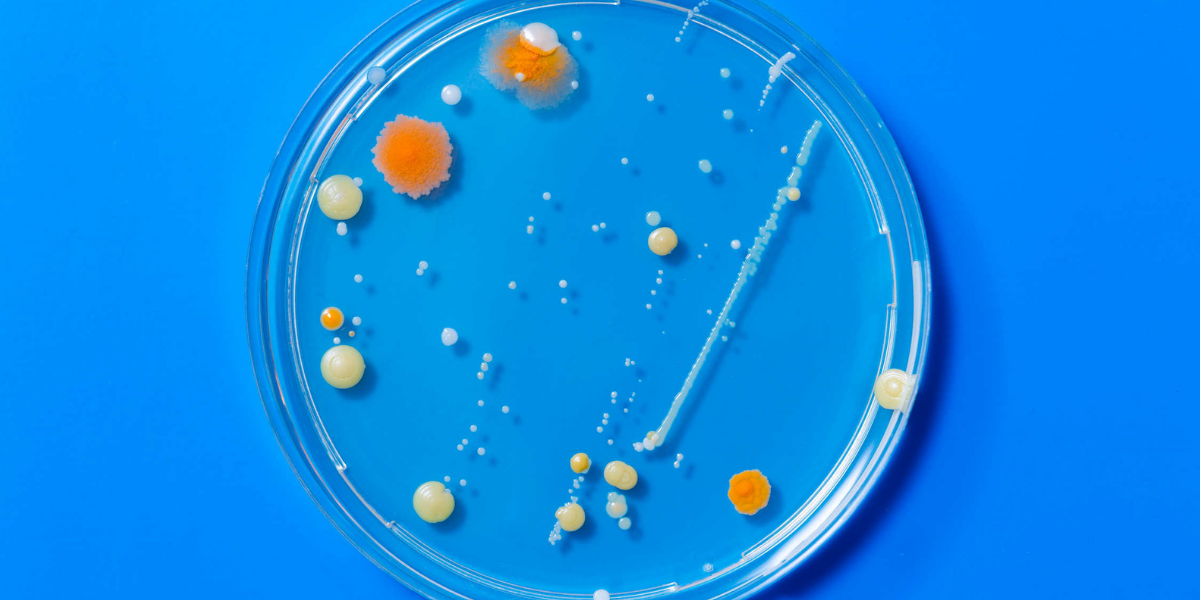Enjoy FREE SHIPPING on all FreeStyle Libre 2 purchases until 31 May 2024. Simply enter promo code FREESHIP at checkout and click ‘SUBMIT CODE’ to apply!
Pharmac proposes to commence FreeStyle Libre 2 subsidy for people living with type 1 diabetes! Read more
 Menu
Menu
14 Feb 2019

In this second article of the series, I’m going to dampen some of your excitement and ring some warning bells. You see, before you start swabbing your plant, it pays to reflect on some global lessons learned - pathogen testing is dangerous!
The impact of a positive pathogen result can be dramatic and costly. If a pathogen is found in your product, you have to make a very quick decision about that product, as it can no longer be sold. If a pathogen is found in your factory environment, you may still have some time, but it often leads to a right panic.
So, before we pull out our swabs, it’s useful to mention some common risks around pathogen testing.
The “false” result
I sometimes get asked how to deal with a “false positive” result. A reasonable question, considering the major business impact I have just mentioned. Interestingly, I almost never get asked what to do about a “false negative”. I think this has to do with our human bias. If we get a result we expect (i.e. no pathogens), we do not tend to challenge the outcome.
Both “false” results do happen, and the consequences are dramatic either way. It could be argued that whilst a “false positive” is very costly to the business due to product loss, a “false negative” is worse, as contaminated product goes into the market undetected. The recent infant formula contamination in France is a case in point. A large number of their samples tested negative for Salmonella, providing the company with a false sense of security. When babies fell ill, it led to a massive international recall.
My only answer to the “false” dilemma is this: in order to minimise the risk of a false pathogen result, testing for pathogens should be conducted in an accredited laboratory with an accredited method. In addition, sampling and sample handling (in your food plant as well as in the laboratory) needs to be very well managed.
During my global travels, I have seen food company laboratories, without ISO17025 accreditation, testing for pathogens like they are just another micro-organism. To me, this is asking for trouble because in the end, a pathogen result will stand! Even if you have every reason to doubt the result, there is no recourse.
The “Russian roulette” test
I understand working capital and shelf-life are important considerations for any business and moving stock quickly is key, particularly for FMCG manufacturers. This can sometimes lead to an interesting situation where product has been shipped before the final product test results are known.
In the case of pathogen tests, this is like “Russian roulette”. You essentially shoot yourself in the foot if the product is gone and the pathogen result comes back positive.
As mentioned before, there is only one course of action for a positive product result and if the product is in the market, this means: recall! If the product is still in our control, we will be able to block a contaminated food batch before it hits the market and prevent public exposure.
We have to expect the unexpected! For me, the window for pathogen verification testing has closed, once the product has been released into the market.
Fortunately, new rapid test methods have dramatically reduced the test turnaround times for pathogens and we no longer have to wait for three to five days to clear the batch.
“We do not know, what we do not know!”
I have been in the food industry for over 30 years and this comes at a price: I tend to jump to conclusions based on experience. A good personal lesson happened in 2015 with ice cream.
You see, I never thought of ice cream as a risky food (it’s frozen – what can go wrong!?). As a result, I was quite relaxed about the lack of environmental pathogen monitoring in some ice cream factories. That was of course, until the Blue Bell contamination incident in the USA, where people got sick and died from eating ice cream. It turned out I was not alone in my assumption; following the Blue Bell incident, a large number of Ice cream manufacturers changed their approach to environmental pathogen management.
You may also recall the list of products in my first article and the increasing number of new food groups linked to food poisoning (I have been told that in Australia, rock melons are now classed as a “forbidden fruit” for pregnant women). So, when it comes to food safety, I keep reminding myself: “I do not know, what I do not know!”
As a result, I recommend an environmental pathogen monitoring routine for all food manufacturing plants. Even if you think your product is bullet proof, your food factory should never be allowed to become a pathogen breeding ground.
With over 30 years experience in the global food industry, Jack has led the international food safety assurance team at Fonterra and is currently working as an independent consultant. Jack has managed consultancy projects in the USA, Europe and China and led the design of Fonterra’s Environmental Pathogen Monitoring Programme. If you would like to get in contact with Jack, you can do so by emailing him at jack.vds@xtra.co.nz.
If you enjoyed reading our articles, why not sign up to our blog mailing list? You'll get new articles straight to your inbox as they're released!